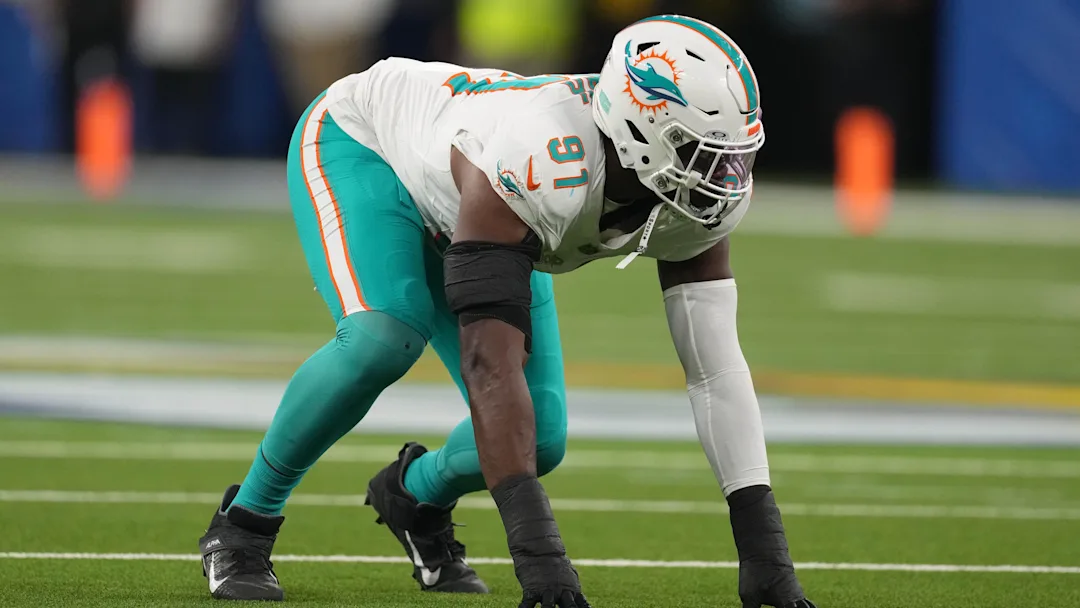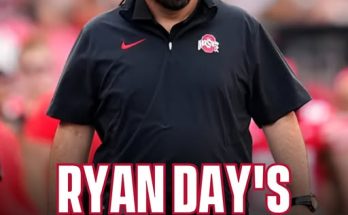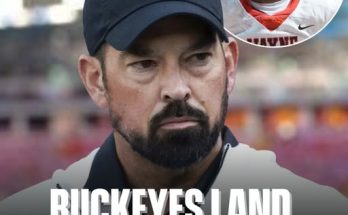With the departure of linebacker Jerome Campbell, the Miami Dolphins are now left to focus on filling the void left behind and ensuring their roster remains competitive as they prepare for the upcoming NFL season. The team’s free-agent situation is now more important than ever, as there are several key players whose futures with the team remain uncertain. These remaining free agents could play a crucial role in the Dolphins’ plans for the season, either by re-signing with the team or potentially testing the waters elsewhere.
The Dolphins have already made significant moves in free agency this offseason, but the departures of players like Campbell have created a sense of urgency. As Miami aims to build a balanced roster, addressing free-agent situations and prioritizing contracts for key players will be a major factor in the team’s success going forward. While Campbell’s exit marks a notable shift in the defensive scheme, Miami’s remaining free agents include several important contributors whose presence on the team could be pivotal for next season.
To understand the impact these remaining free agents might have, we must first look at who is still on the open market and what their potential role with the Dolphins could be. Some of these players are expected to be cornerstone pieces of the defense or offense, while others may fill key depth roles. Regardless of their standing, it’s essential to evaluate the significance of each free agent, where they stand in terms of their future with the team, and what Miami’s priorities should be in retaining them.
Starting with the defensive side of the ball, the Dolphins have a few free agents whose status remains up in the air. One of the most pressing situations involves safety Eric Rowe. Rowe has been a valuable member of Miami’s defense since joining the team, providing experience, versatility, and solid play in the secondary. Known for his ability to match up against both tight ends and wide receivers, Rowe’s skill set has made him an important part of the Dolphins’ defensive game plan. Despite his age, Rowe has shown he still has plenty left in the tank, and his ability to contribute in multiple roles makes him a prime candidate for the Dolphins to retain. However, with the team looking to improve its secondary even further, Miami must weigh the benefits of keeping Rowe against potentially bringing in younger talent.
Another key defensive player who remains a free agent is linebacker Duke Riley. While Riley may not be the star player on the defense, his contributions on special teams and as a depth piece at linebacker cannot be overstated. Riley has shown flashes of solid play at the linebacker position and has filled in admirably when called upon during injuries. With Campbell’s departure, the Dolphins are now without one of their key linebackers, and Riley could be a candidate to step into a larger role. However, the Dolphins will need to consider whether they want to invest in bringing back Riley or look for other linebacker options in free agency or the draft to help bolster their defense.
Moving to the offensive side of the ball, one of the most important free agents remaining is running back Myles Gaskin. Gaskin, who has been a consistent contributor for Miami over the past few seasons, is in a position where the team must decide whether to bring him back or pursue other options at the running back position. While Gaskin has shown he can be a reliable option in the backfield, his role has been somewhat inconsistent in recent years due to injuries and the rise of other running backs on the roster. Miami may be looking to upgrade the running back position, but Gaskin’s familiarity with the offense and his ability to contribute both as a rusher and a pass-catcher out of the backfield make him a valuable piece.
In addition to Gaskin, another offensive player whose future with the team remains uncertain is wide receiver Allen Hurns. Hurns, who signed with the Dolphins in 2020, has yet to make a significant impact on the offense. While he has the potential to contribute as a depth piece, his role in Miami’s offense has been limited due to the emergence of other wide receivers and injuries. As a result, the Dolphins will have to evaluate whether it’s worth bringing him back to provide competition in the receiving corps or if they should move on and look for a more reliable option to bolster the depth at wide receiver.
Along the offensive line, the Dolphins also have a couple of free agents who may impact their decision-making moving forward. One such player is tackle Greg Little. Little, who was acquired in a trade with the Carolina Panthers, has shown glimpses of potential but has struggled with consistency. The Dolphins have invested in their offensive line over the past couple of seasons, but Little’s future with the team may depend on the team’s ability to upgrade the position or if they believe he can develop into a reliable starter. Little has the physical tools to succeed, but the Dolphins will need to assess whether he can continue to improve or if it’s time to move in a different direction.
Another offensive lineman, tackle Adam Pankey, is also a free agent for the Dolphins. Pankey has spent most of his career as a depth player, contributing on special teams and stepping in when needed due to injuries. His ability to play multiple positions on the offensive line gives him value, but whether Miami will prioritize retaining him or look to add a more prominent piece remains to be seen. Given the Dolphins’ emphasis on improving their offensive line play in recent seasons, Pankey’s return would likely depend on how much the coaching staff values his versatility versus pursuing other options.
As Miami continues to move forward with its plans for the 2025 season, it is clear that the team has some key decisions to make when it comes to its remaining free agents. While some of these players have been reliable contributors in the past, there may be a desire to make changes in order to build a more competitive roster. For the Dolphins, the ultimate goal is to construct a team that can compete at a high level in the AFC, and that will require strategic moves in both free agency and the draft.
Ultimately, the Dolphins are faced with the challenge of making the right calls on their remaining free agents, balancing the need for depth and consistency with the desire for improvement. After Campbell’s departure, it’s clear that the defense needs bolstering, and whether through re-signing existing players or adding new faces, Miami must ensure it’s putting together a team capable of going toe-to-toe with some of the best teams in the league. As the offseason progresses, it will be interesting to see which of these remaining free agents return to Miami and how their potential departures or re-signings will shape the team’s future.



